MARKET OVERVIEW
The global military smart textiles market will be marked by prominent developments as it undergoes a radical makeover in order to meet current military operation needs. High-tech textiles are intended to improve the functionality, durability, and adaptability of military uniforms and equipment. Sensor, communication, and adaptive material technologies will be integrated within these smart textiles, thus giving soldiers enhanced capabilities and better operational efficiency.
In the future, military smart textiles will be developed to achieve diversity in functionality beyond the conventional properties of fabrics. They will be able to regulate temperature, manage moisture, resist impact, and all in a comfortable and flexible manner. These developments will tend to the requirement needs of military personnel working in vast environments, from extreme heat conditions to extreme cold conditions. These textiles, as technology continues to develop, will give better safety and performance on the battlefield by becoming an more integral part of military gear.
One of the major developments that are expected to happen in the global military smart textiles market is the integration of advanced communication systems. Future smart textiles will directly integrate a communication device into the fabric that would allow soldiers to communicate and convey information. This would share real-time data, coordination of missions, and enhancement of situational awareness. This feature allows for effective communication without carrying any additional equipment, thus smoothening operations and consequently leading to mission success.
Another area of innovation will involve integration with sensors that monitor the physiological condition of the wearer. These will supply relevant data on vital signs, stress levels, and fatigue thereby allowing commanders at all levels to make informed decisions about the health status and readiness of their troops. This monitoring in metrics will provide continuous support for the well-being of soldiers, with reduced cases of injury and enhanced performance through military smart textiles.
The future of the global military smart textiles market will also be about developing adaptive materials that react to environmental conditions. These materials change properties when temperature fluctuates, a chemical is exposed to it, or when under physical stress, enhancing protection and functionality. For example, a piece of textiles could raise its abrasion resistance or add insulation at the right moment. Such adaptability will render military equipment effective in various situations, extending usability and performance.
Further ahead, the market will be involved with more cooperation between textile manufacturers, technology developers, and the military. This cooperation will enhance innovation, leading to the production of more advanced smart textiles for use in the defense sector. Henceforth, all research and development activities will aim at producing textiles that not only will meet the technical specification but also the practical and ergonomic requirements.
It will fashion and dominate the future of military operations with state-of-the-art solutions that improve military personnel performance and safety. The embedment of communication systems, physiological monitoring, and adaptive materials will redefine how military uniforms and gear will be designed and used. Further technological developments and growing cooperation will keep this market on its evolutionary path, further opening up opportunities and solutions for modern defense requirements.
global military smart textiles market is estimated to reach $3,381.4 Million by 2031; growing at a CAGR of 14.8% from 2024 to 2031.
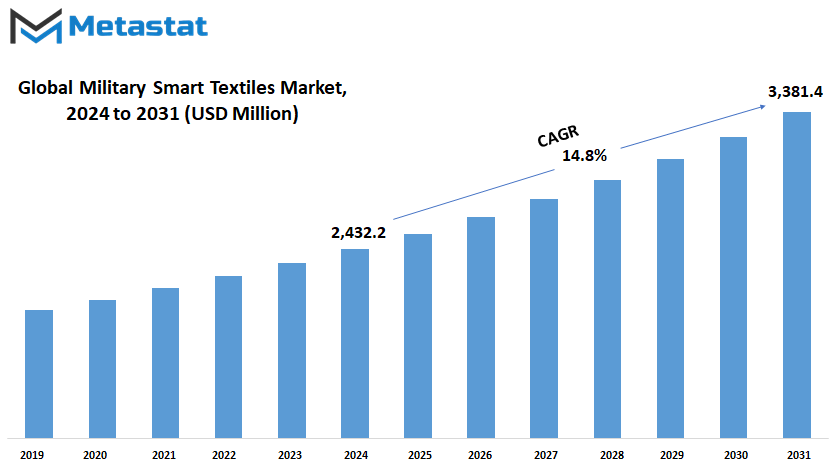
GROWTH FACTORS
The global military smart textiles market is expected to grow significantly in the next few years. There are a number of factors that will contribute to the growth in this market. Due to the global increase in defense budgets, modernization of soldiers' equipment has attracted more focus, which will increase demand for smart textiles. These advanced materials will offer many innovative solutions to enhance soldier performance and protection, hence an investment with a lot of appeal to any military organization.
Advancements in wearable technologies and smart fabric materials will play a huge role in the market growth. Progress in these technologies will help to develop fabrics that can read health and exhibit real-time data, exhibiting adaptive camouflage, among other functions. These features will boost the effectiveness of military missions and improve the safety of soldiers. Further, sensors and electronic elements would be embedded in fabrics to create color-changing garments, track vital signs, and transmit information very useful on the battlefield.
Despite these promising developments, challenges will be incurred in the global military smart textiles market. High development and production costs will be major obstacles faced by manufacturers. The complexity of the integration of electronics with textiles will require a great deal of research and development, which in turn will drive up the cost. A further technical challenge will arise from developing the electronics included in these textiles in such a way that they are able to be as hardy as possible under severe environmental conditions, such as those experienced in military applications.
This increasing demand for better protection and performance capabilities of soldiers will also create a number of opportunities for growth in the global military smart textiles market. Spending by military organizations on smart textiles with better functionality and safety for their people will increase. This demand will drive innovation and eventually lead to more sophisticated and cost-effective solutions.
However, the smart textiles do not stop at this sphere. These materials can go on and function in military applications like uniforms, tents, and vehicle interiors, adding further multifunctional capabilities that will enhance operational efficiency. As an example, smart textiles can recognize chemical and biological threats better and provide improved protection to the soldier's uniform. Besides, smart textiles can be used during military training exercises to track the performance of soldiers and analyze it to bring out valuable insights that will inform training programs and enhance the readiness of the troops.
Due to the growth in technological advancements and increasing defense budgets, innovative solutions will drive demand, leading to significant growth in the global military smart textiles market. Although the market will have to bear some challenges, primarily in terms of cost and integration, the opportunities of enhancing protection and performance for soldiers shall play a major role in its growth. As military organizations continue to benefit from the advantages brought about by smart textiles, they will play a leading role in developing the future in military operations while ensuring personnel safety and effectiveness within the field of operations.
MARKET SEGMENTATION
By Type
The global military smart textiles market is bound to prosper at a fast pace in the future, with continued technological advancement to further enhance military capabilities. Smart textiles are related to fabrics engineered with different technological features to provide features beyond the traditional functions of clothing. These textiles are going to revolutionize military operations, enhancing not only the performance of personnel but also the safety and efficiency in operations. As innovations grow to capture the changing modern military requirements, this market will grow.
Smart textiles will fall into three categories: passive, active, and ultra-smart. Passive smart textiles feature materials that are designed to respond to environmental conditions. They all do not actually change but provide protection, for example, from heat or water. Such textiles will become critical to comfort and protection of the soldier in a range of environments, ensuring that their performance is not inhibited by being put under extremely hard conditions.
Active smart textiles have incorporated sensors and actuators that make them respond to external stimuli actively. Such textiles will monitor vital signs, body temperature, and movement and provide real-time data to enhance decision-making on the battlefield. For example, insulation self-adjusting with temperature will assure the best comfort and energy efficiency for a warrior in his uniform. These textiles will also enhance communication by incorporating equipment that allows for smooth exchange of information between personnel.
The ultra-smart textiles represent the pinnacle of this technology and incorporate artificial intelligence and sophisticated data processing. These textiles will not only respond to the environment but will learn from it to change their functionalities in ways that are most beneficial for the performance of soldiers. They will be empowered to diagnose health conditions, detect any potential threats, and even administer medical treatment when necessary. The integration into military uniforms is going to provide these textiles with a great edge during combat situations by keeping the soldiers a step ahead.
With the development of these technologies, investments in research and development shall benefit the global military smart textiles market. In such textiles lies the potential to revolutionize military operations that shall be realized across military organizations worldwide. This again shall increase demand, thereby increasing the market. Innovation will be powered through collaboration between the textile manufacturer, technology companies, and the defense contractor looking to see that these advanced textiles are brought into military use rapidly.
Moreover, it is not only about improving the functionality of military troops with the adoption of smart textiles but also about the safety and well-being of the soldiers. These textiles decrease the burden, both physical and mental, that personnel bears, hence freeing time for mission objectives with improved efficiency. Hence, the outcome of military operations is sure to turn out more effective, minimizing the risks and maximizing the chances of success.
The global military smart textiles market is likely to grow significantly as these advanced fabrics find central applications within military operations. Progress in passive, active, and ultra-smart textiles is about to revolutionize the interaction of a soldier with his ambient environment through enhanced protection, communication, and adaptability. Continued innovation and collaboration will therefore place the said textiles at the core of how future military strategies and capabilities take shape.
By Application
The global military smart textiles market is bound to grow tremendously owing to the continuous development of technology, opening up newer vistas for military applications. These are specially developed materials that can form an integral part with electronic components and sensors so as to be able to add further functionalities compared to traditional fabrics. Smart textiles will bring a substantial revolution in how armed forces approach combat readiness and care for their soldiers due to greater performance and safety demands in military operations.
A few of the vital applications of smart textiles in the military relate to health monitoring. On many occasions, military personnel are exposed to challenging and uncertain situations; it is in their own interest that they remain physically fit under such conditions. Smart textiles, inbuilt with sensors, will track a person's vital signs pulse, body temperature, hydration levels, and so on. In this way, data collection in real-time will enable timely medical interventions so that care to be administered prior to the development of minor issues into critically serious ones. This implies that the military will have a better way of ensuring its soldiers are healthy and combat-ready for duties, hence raising their mission success rates.
Another area in which possibly productive research regarding military smart textiles has been done is that of energy harvesting. To be able to generate energy, harvest it from the environment, then store this energy is going to make quite a difference for any soldier who frequently depends on batteries to power electronic devices. It will be smart textiles that gain their energy from sources such as solar power, body heat, or even movement. The uninterrupted and renewable supply of power would reduce reliance on traditional sources of power; soldiers can now fight in remote areas for periods without bothering about limitations of energy. Energy-harvesting textiles will increase operational effectiveness and flexibility of military operations.
Protection and mobility come as two other critical areas where smart textiles will strongly take a lead. This shall be by enhancement of protection to soldiers with the addition of advanced materials that offer much better protection against a host of environmental hazards, such as extreme temperatures, chemical exposure, ballistic impacts, among others. Additionally, smart textiles will be designed in a manner that maximizes mobility for the sake of ease in movement by soldiers. These will respond through integrated sensors to external conditions, providing extra protection for the soldier by adaption to varied environments, all in view of maintaining agility and comfort.
In this regard, the prospect for the global military smart textiles market in the future will be driven by technology and changing military requirements. During research and development, new material and manufacturing technologies will make the smart textile product more efficient and functional. With these, more applications beyond the current ones will open up, such as adding artificial intelligence and communication systems into textiles, which could also revolutionize military operations.
It is envisaged that the global military smart textiles market will define the future of military operations by providing solutions related to health monitoring, energy harvesting, and protection and mobility. As demand for these advanced textiles had increased, further developments resulting from continuous research and development works will better prepare military forces to face modern warfare challenges. This technology will increase the safety and efficiency of soldiers with military gear while setting new standards of technological innovation for the defense sector. Hence, the global military smart textiles market will have a really significant component for military strategy seeking a new age of military readiness and capability.
|
Report Coverage |
Details |
|
Forecast Period |
2024-2031 |
|
Market Size in 2024 |
$2,432.2 million |
|
Market Size by 2031 |
$3,381.4 Million |
|
Growth Rate from 2024 to 2031 |
14.8% |
|
Base Year |
2022 |
|
Regions Covered |
North America, Europe, Asia-Pacific Green, South America, Middle East & Africa |
REGIONAL ANALYSIS
The growth in the global military smart textiles market has been huge, with countries racing to better equip themselves by having safer armed forces. The growth of the global military smart textiles market is based on technological innovations that have turned the fabric into electronic-infused materials that increase functionality and protection for military personnel. These textiles are being developed for a whole host of functionality, such as communication, health monitoring, active camouflage, and durability. With further research and continuous development, these smart textiles are more likely to lead the future of military operations.
North America plays an important role in developing the global military smart textiles market. With its large defense budget and emphasis on technological superiority, the United States is leading the charge in the adoption and fielding of smart textiles in military operations. Canada and Mexico are also investing in these innovations to improve their defense systems. Growing acuity in military operations demands smart textiles integration to maintain North American forces at a strategic advantage.
Investments are also being made in the global military smart textiles market in Europe, as the UK, Germany, France, and Italy are engaged in modernizing their defense systems. These countries are developing smart uniforms and equipment that provide real-time data and hence enhance situational awareness for soldiers. As European military forces engage in further joint operations, smart textiles will play a key role in securing interoperability and effectiveness. The rest of Europe is likely to follow this trend in the near future as demand for advanced military technologies increases.
The Asia-Pacific region is also growing fast in the global military smart textiles market, as countries like India, China, Japan, and South Korea are investing massively in ways to modernize their respective defenses. These countries view smart textiles as one of the strategic areas which could be utilized in improving their military capabilities. Especially China and India are trying to focus on domestic production of smart textiles in order to prevent dependence on foreign technology. With the constantly evolving geopolitical landscape within the Asia-Pacific region, new military solution demands will also increase and further propel the smart textiles market.
South America's contribution to the global military smart textiles market is on the rise with countries like Brazil and Argentina investing in the modernization of their armed forces. The focus in this region will be cost-effective solutions to enhance operational efficiency amongst its military personnel. As these nations continue to enhance their defense capabilities, smart textiles will play a really significant role in maintaining regional security and stability.
The global military smart textiles market spells a strong future growth prospect in the Middle East and Africa, with countries such as GCC, Egypt, and South Africa working toward developing new ways to strengthen the defense system. Against the backdrop of the peculiarity of security challenges in these regions, the integration of smart textiles seems like a very promising solution to address the security concerns. The more that accessibility of technological advancements increases, the more Middle East and African countries will turn to smart textiles in support of military effectiveness and resilience.
The outlook for the global military smart textiles market is very promising, indeed, with further developments slated to change the face of military operations around the globe. As more and more countries make the safety and efficacy of their respective armed forces a priority, demands for such innovative smart textiles will continue to drive further research and development toward a more secure and technologically advanced global defense landscape.
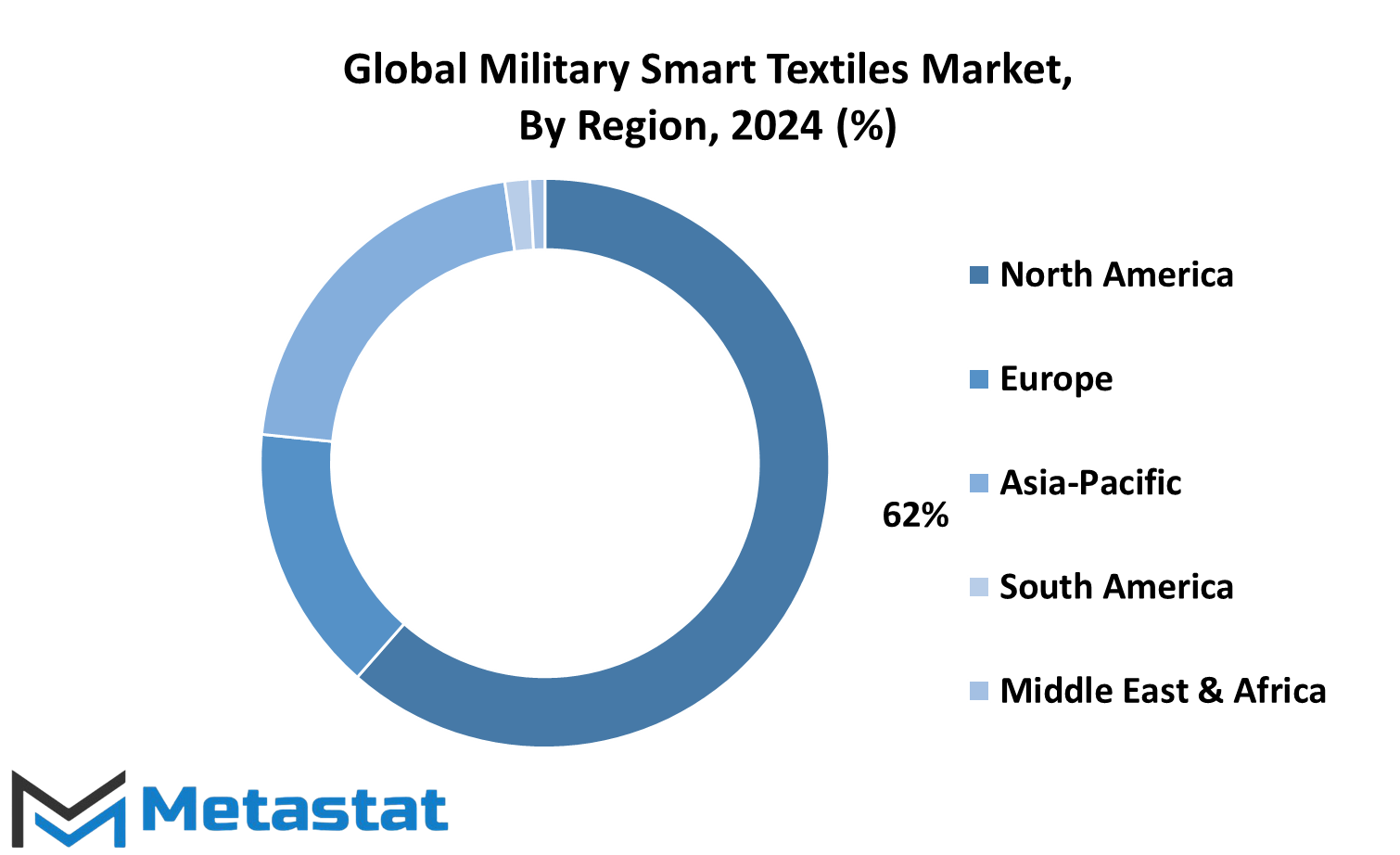
COMPETITIVE PLAYERS
The global military smart textiles market is bound to grow massively with new innovations in the coming times. It has seen a rise in its graph due to the growing demands of advanced technologies, raising potential and safety of military personnel. Military smart textiles incorporate new material and electronics innovations that achieve functions in temperature regulation, moisture management, ballistic protection, and health monitoring to raise comfort, efficiency, and the safety of the soldier in different environments.
High-performance textiles are still being extensively researched for their production by key companies in the industry, including DuPont, W.L. Gore and Associates Inc., and Milliken and Company. Some others, like Schoeller Textil AG and Outlast Technologies LLC, have been very successful in developing thermoregulating materials to maintain optimum body temperature under tough climatic conditions for soldiers. This technology will significantly enhance the performance of soldiers in hot and cold environments, thereby improving their overall readiness for operations and reducing the risk of heat-related illnesses or hypothermia.
Besides the temperature-control function, health monitoring will be another focus in smart textiles applied within the military sector. Companies such as Eeonyx Corporation and Noble Biomaterials Inc. are taking the initiative to develop textiles with sensors that monitor heart rate, breathing, and even body temperature. These kinds of textiles could be used to provide real-time information about a soldier's physiological condition to commanders and medical personnel, hence enabling quick medical treatment and leading to overall improvements in the well-being of soldiers.
The next key area focuses on advanced communications incorporated into military smart textiles. A number of companies, such as BAE Systems PLC and Interactive Wear AG, work on developing such textiles to facilitate perfect and seamless communication between soldiers and their units. In this regard, the addition of sensors and communication devices will aid data exchange in real-time for the enhancement of situational awareness on the battlefield. Resulting from this, faster actions and better coordination of military activities will be enabled.
Moreover, smart textiles will deliver higher ballistic protection while minimizing the weight of the body armor used nowadays without reducing its protective ability. Sensoria Fitness and BeBop Sensors are leading the charge in creating material flexibility and strength that will provide soldiers with higher mobility without jeopardizing safety. The origin of such textiles will be based on nanotechnology and advanced composites, which at some point will open up the road to new, lighter, and more efficient ways of protection.
The global military smart textiles market will witness change in the future with the discovery of new materials and technologies. Honeywell International Inc., TenCate Protective Fabrics, and other companies are likely to play a significant role in developing multifunctional textiles where camouflage patterns are embedded into textiles, which change according to environment, or where energy is generated and stored within the textile.
With rising demand and the efforts of key players, the global military smart textiles market will flourish. Moreover, military smart textiles will remain really important in enhancing the performance, safety, and effectiveness in different operational settings for the soldier with the passage of time and technological evolution. There is no doubt that this active area of application will be able to shape military attire for tomorrow and provide armed forces with unsurpassed capabilities and advantages.
Military Smart Textiles Market Key Segments:
By Type
- Passive Smart Textiles
- Active Smart Textiles
- Ultra-Smart Textiles
- Others
By Application
- Health Monitoring
- Energy Harvest
- Protection & Mobility
- Others
Key Global Military Smart Textiles Industry Players
- DuPont
- W.L. Gore and Associates Inc.
- Milliken and Company
- Schoeller Textil AG
- Outlast Technologies LLC
- Eeonyx Corporation
- Noble Biomaterials Inc.
- BAE Systems PLC.
- Interactive Wear AG
- Sensoria Fitness
- Loomia
- B&E FABRIC FINISHING
- BeBop Sensors
- Honeywell International Inc.
- TenCate Protective Fabrics
WHAT REPORT PROVIDES
- Full in-depth analysis of the parent Industry
- Important changes in market and its dynamics
- Segmentation details of the market
- Former, on-going, and projected market analysis in terms of volume and value
- Assessment of niche industry developments
- Market share analysis
- Key strategies of major players
- Emerging segments and regional growth potential



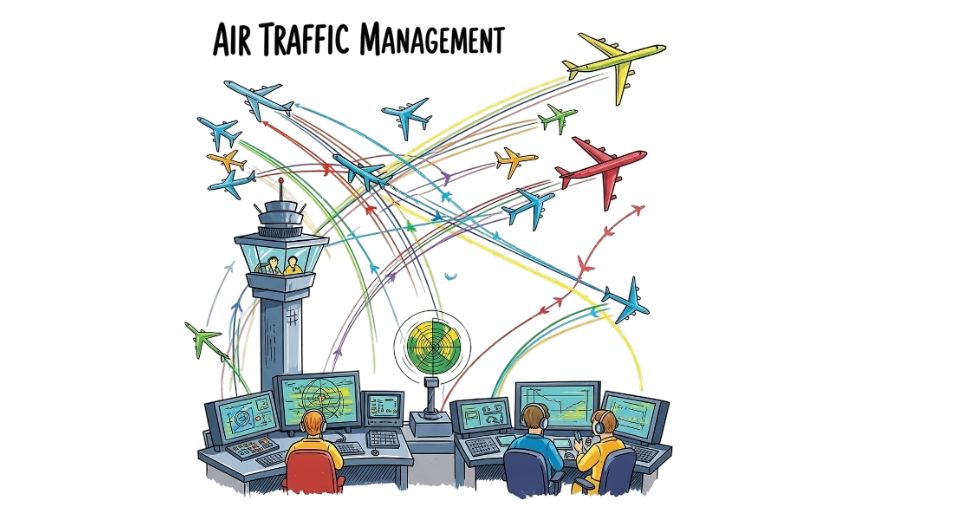

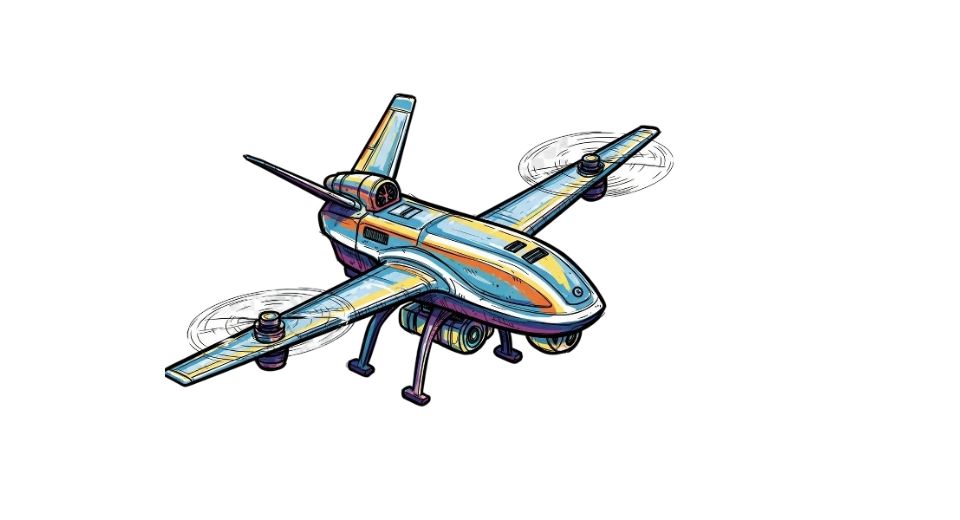

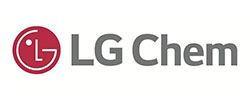

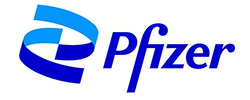

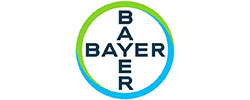


 US: +1 3023308252
US: +1 3023308252






